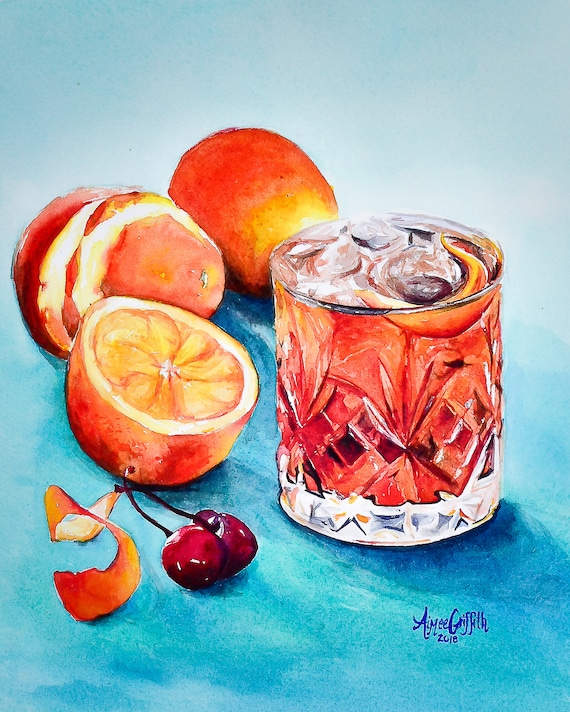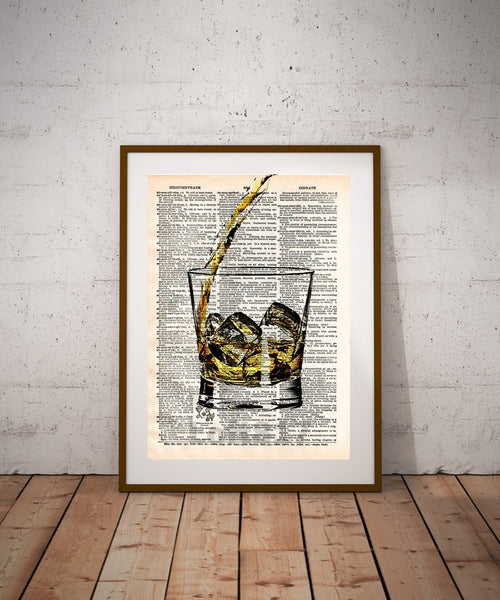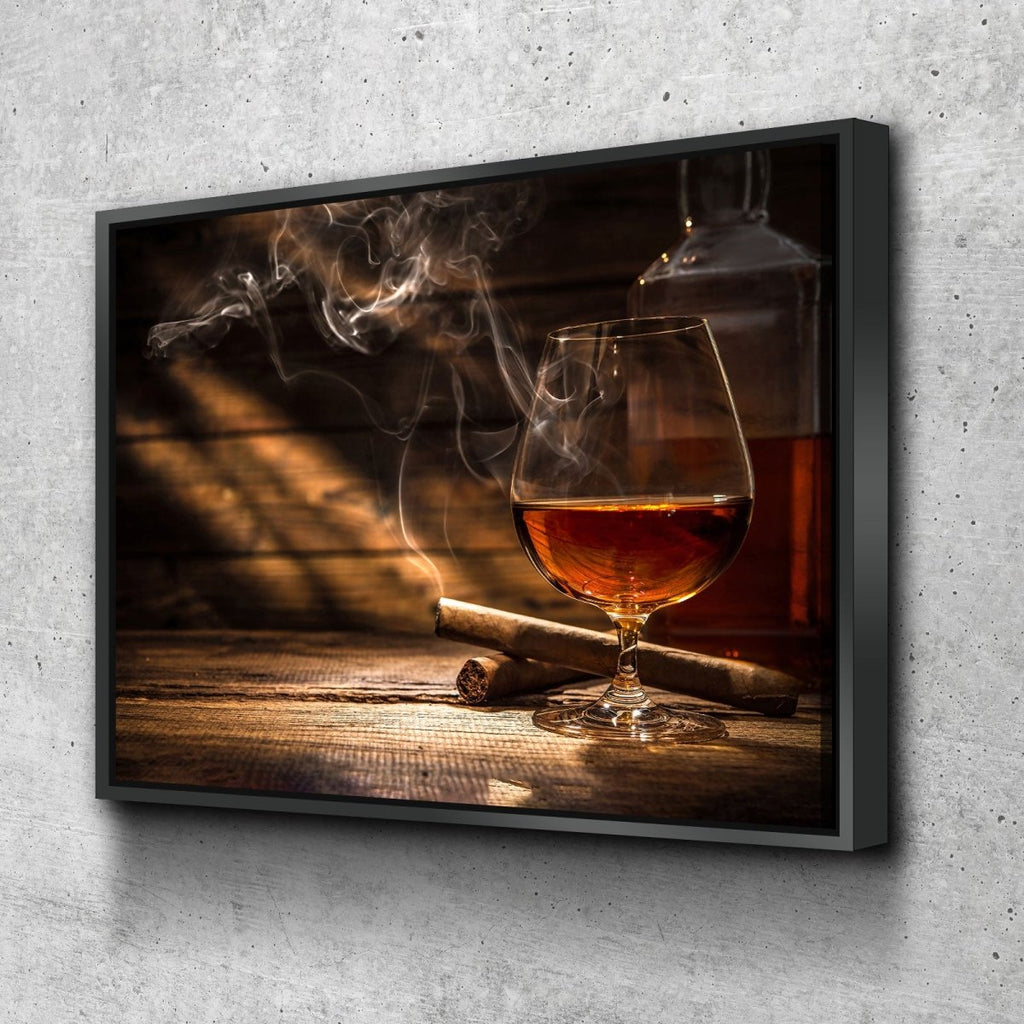Whiskey Art as a Declaration: Just How It Enhances Home Decoration
Whiskey Art as a Declaration: Just How It Enhances Home Decoration
Blog Article
The Relevance of Whiskey Art in Celebrating Heritage and Workmanship in the Beverage Sector
The detailed relationship between whiskey art and the event of heritage and workmanship within the beverage industry can not be overstated. With thoughtfully designed containers and labels, whiskey brands envelop their historical origins and the artisanal abilities that specify their production methods. This imaginative dimension not only improves market appeal however additionally offers as a channel for cultural narration, fostering a much deeper link between the customer and the craft. As we check out the different facets of this subject, appealing questions concerning the impact of modern-day trends on conventional methods arise, triggering additional exam.
The Historic Origins of Whiskey
At the heart of whiskey's appeal lies a rich tapestry of historic origins that trace back to ancient human beings. The origins of bourbon can be linked to the purification practices of the Sumerians and Babylonians around 2000 BCE, where very early forms of fermented grain beverages began to emerge. It was in the Middle Ages that the art of distillation progressed considerably, especially in Ireland and Scotland, leading to the production of whiskey as we understand it today.
The term "scotch" itself acquires from the Gaelic word "uisce beatha," implying "water of life." This expression highlights the social value of whiskey in Celtic societies, where it was frequently connected with routines, events, and communal bonding. By the 15th century, distillation ended up being a recognized craft within monastic neighborhoods, paving the way for the establishment of lawful distilleries.
As trade courses expanded, whiskey's appeal expanded, transcending local borders and capturing the rate of interest of lovers worldwide. Limited Edition. This historic journey reflects not just the craftsmanship behind bourbon production yet additionally its important role in social and social contexts, marking it as a considerable beverage throughout history
Artistic Expression in Branding
Scotch branding stands as an engaging intersection of artistry and business, where aesthetic identity plays a critical duty fit consumer understanding. The visual appeals of whiskey labels, product packaging, and advertising and marketing materials show not only the brand name's tale however also its core values and heritage. Via artistic expression, distilleries convey a story that resonates with consumers, evoking feelings and stimulating links.
The use of color, typography, and images in branding offers to set apart products in a saturated market. Standard concepts may stimulate a sense of credibility and craftsmanship, while modern-day designs can signify advancement and forward-thinking. This tactical artistic direction boosts brand name acknowledgment and commitment, allowing customers to build an individual relationship with the whiskey they choose.
Furthermore, artistic expression in branding usually works as a celebration of local heritage. Distilleries frequently incorporate neighborhood symbols or historical references right into their designs, producing a local color that welcomes consumers to partake in a wider cultural experience. Eventually, the virtuosity behind whiskey branding not only improves aesthetic charm yet also enhances the total narrative of the brand name, promoting a deeper recognition for the craftsmanship and heritage ingrained in each bottle.
Craftsmanship in Container Style
The creativity obvious in whiskey branding prolongs beyond aesthetic identification to incorporate the workmanship associated with container layout. Each container works as a vessel not simply for the spirit within, however additionally for the story it outlines its practice, beginning, and quality. The layout process needs thorough focus to information, as aspects such as shape, closure, and material contribute significantly to the general assumption of the whiskey.
Craftsmanship in container style includes picking top notch glass that can improve the scotch's color and quality, while also providing a tactile experience for the consumer. The silhouette of the bottle must be both aesthetically attractive and functional, often reflecting the heritage of the brand. Numerous distilleries select special shapes or printed logos that evoke a feeling of authenticity and history.
Furthermore, the tag style and typography play an essential function in interacting the brand name's story. Realism Art. A well-crafted bottle not just astounds the customer's eye yet also enhances the brand's commitment to top quality and tradition. By doing this, the craftsmanship of bottle design ends up being an essential element of the whiskey experience, combining creativity with a profound regard for heritage
Cultural Significance of Scotch Art
Celebrating practice and workmanship, the social value of whiskey art transcends plain appearances, intertwining with the historical and social stories of the regions where it comes from. Each bottle works as a canvas, portraying the one-of-a-kind tales, mythology, and practices that have actually formed local whiskey-making methods. The elaborate layouts commonly show the heritage of the distillers, integrating signs and motifs that resonate with the society and values of their neighborhoods.

In find out here enhancement, bourbon art plays a crucial role in public gatherings and celebrations, serving as a concrete link between individuals and their shared experiences. By appreciating the artistry in whiskey packaging, customers grow a much deeper understanding and regard for the craft, inevitably enriching their satisfaction of the beverage itself.
Modern Trends in Whiskey Discussion
In the last few years, the presentation of scotch has actually evolved to mirror modern preferences and patterns while still recognizing typical craftsmanship - Whiskey Art. Distilleries are increasingly concentrating on visual aspects that boost the overall alcohol consumption experience, linking the space between heritage and modernity
Ingenious container layouts have actually emerged, typically incorporating sustainable materials and artistic labels that inform compelling tales. Many brand names now team up with local artists, instilling their items with unique aesthetic expressions that reverberate with consumers. Furthermore, limited-edition releases are commonly packaged in collectible containers, adding value and allure for lovers.

Verdict
Finally, whiskey art functions as an essential channel for expressing the heritage and workmanship intrinsic in the drink market. Through detailed branding, innovative container designs, see this page and culturally significant artistic components, whiskey brand names successfully honor their traditions and get in touch with consumers. This creative narrative not just elevates the appreciation of whiskey however likewise enhances area identification and pride among producers. Eventually, whiskey art plays a necessary function in preserving and celebrating the rich social tapestry of whiskey-making.


Workmanship in container style involves selecting high-quality glass that can improve the scotch's color and clarity, while likewise offering a responsive experience for the customer. In this way, the workmanship of container design becomes a vital element of the bourbon experience, merging virtuosity with an extensive respect for heritage.
In conclusion, scotch art offers as a crucial conduit for sharing the heritage and workmanship intrinsic in the beverage industry.
Report this page